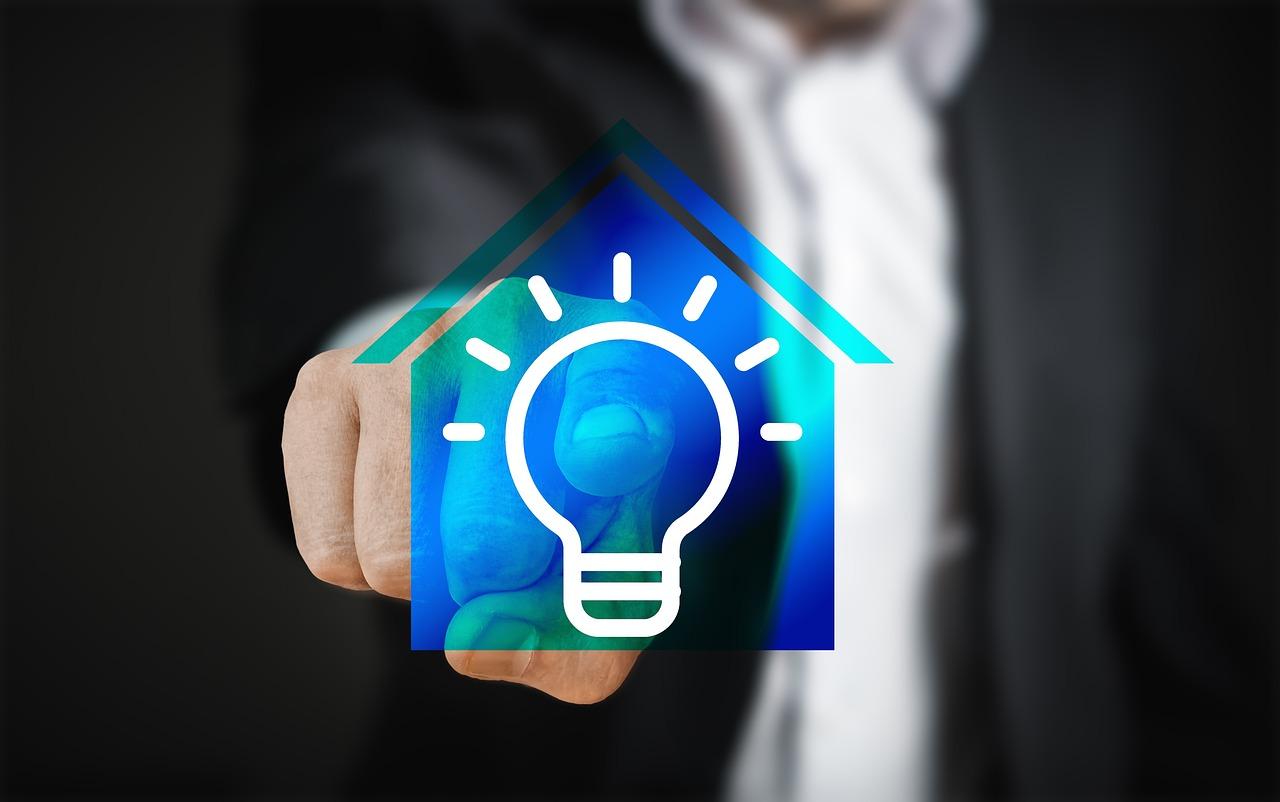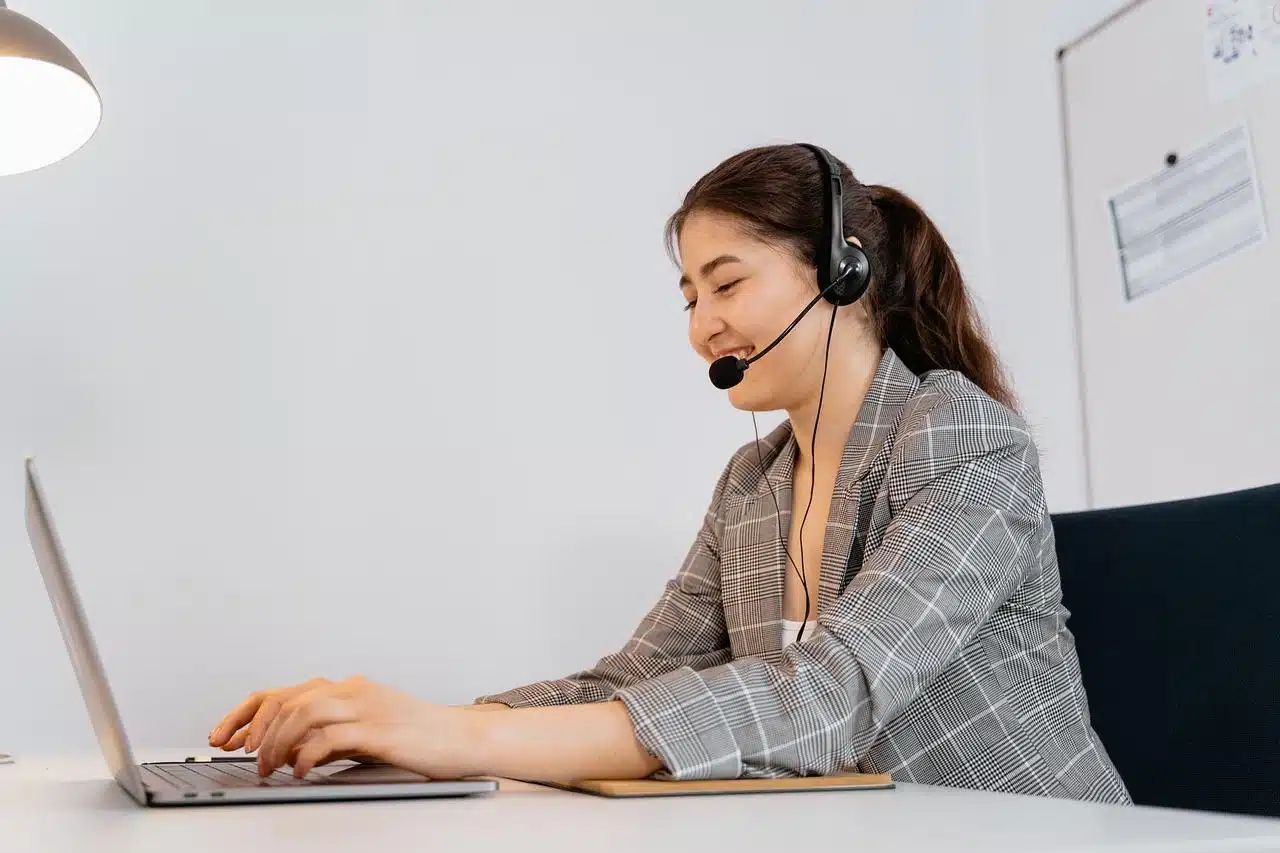On an average day in the life of a person with I/DD (Intellectual and Developmental Disabilities), they may use and rely on assistive technology, sometimes called remote supports services or remote monitoring to increase their ability to live more independently. However, many people, like family caregivers and case managers, may need help understanding the difference between remote supports services and remote monitoring—and how they help someone with I/DD.
You may think someone with I/DD can live independently with remote monitoring alone.
However, we at SafeinHome know that both assistive technology and remote supports services are needed in a combined way to effectively support people with disabilities to lead safe and productive lives.
This article will explain the roles and limitations of remote monitoring and the differentiation
between remote monitoring and remote supports services.
Let’s dive in.
Remote Monitoring Usage in the Healthcare Industry vs. Disability
Supports
The main difference between remote monitoring in healthcare and as disability support is based on its trained professionals. In the healthcare industry, there are trained staff on the other side that can analyze and interpret the data they receive. In the disability community, however, there may be untrained people on the receiving end of alerts from assistive devices.
Remote Supports Services consists of highly trained staff available to decipher alerts and are specially trained in supporting people with I/DD, including training in behavioral support techniques.
This type of support isn’t just solution-based, but it includes proactively building self-advocacy, self-determination, and decision-making for a more independent life.
Remote Monitoring: Technology and Practical Use
Remote monitoring is the use of assistive technology in the home or around the person with I/DD that provides live data and gives instant alerts. If done right, this technology can give valuable insight into the activities and patterns of the person receiving services. This, in turn, may improve and optimize the level of care and support a person needs. According to the Oklahoma Human Services, remote monitoring helps a person receiving services to be supported.

The assistive technology most commonly used includes tablets, hands-free communication devices, cameras, motion sensors, and more. In a practical sense, remote monitoring gathers live data in a client’s home and sends alerts to a designated support person.
Limitations of Remote Monitoring
There is a major limitation that defines the difference between remote monitoring and remote support services. Using technology cannot alone determine what is happening. It can’t act independently, interpret, or verify the information.
For example, a smoke sensor can send an alert that there is smoke in the home but cannot differentiate whether an actual fire or something is setting off the alarm. This is why having a way to interpret and act on the alert is critical for a person receiving services. A natural support, such as a family member, may find responding to all alerts challenging.
In other words, a trained staff member who is well-versed in interpreting remote monitoring alerts and who can respond appropriately to the situation is needed.
Natural Supports and Remote Monitoring
Some assistive technology devices can notify caregivers or trained support staff to assist individuals with disabilities via alerts. However, when these alerts are answered by natural supports, like family members or friends, it can confuse and overwhelm them.
Relying only on natural supports for assistive technology alerts can burden a friend or family member’s limited time and availability. This can impact their lifestyle and professional responsibilities.
The problem with assistive technology alerts going to natural supports is the challenge of knowing if an alert is a ‘nuisance alert’ or requires immediate attention. This is especially true if natural supports have grown accustomed to receiving alerts that turned out to be insignificant. This can lead to apathy towards alerts, resulting in natural supports disregarding them altogether.
Having trained staff handle these alerts instead means that an expert who understands the difference between nuisance alerts and potentially hazardous situations
Remote Support Services: Enhancing Assistive Technology Support

Remote support services enhance a person’s safety when used with assistive technology. This is accomplished when a trained staff member is present to react to alerts and take action.
A remote support staff member is the key to making assistive technology work. For example, an alert would be sent out if an alert from a seizure band was detected. Remote support staff would then verify whether the alert was a seizure or not.
Sometimes, a vigorous motion can set off an alert. If the alert was legitimate, the support staff would follow the pre-written care plan, which may include notifying natural supports.
Privacy and Independence with Remote Supports
There are some concerns with technology and privacy. The main privacy issue with technology is that some personalized care systems use cameras and sensors, which can alert remote support staff if a person is in bed or has left the home.
Remote Supports does not take away from a person’s privacy. Instead, it allows a person more space than if a person was always with them. This gives the person more freedom and independence in their home. It allows them to connect with staff at agreed-upon times and when they need it. ResearchGate said people with I/DD felt much safer and more independent when using Remote Supports and monitoring services.
Summary
Many types of assistive technology are used to provide support services to people with disabilities. There are also many practical uses of remote monitoring that help increase a person’s safety, like smoke detectors. However, the limitations of remote monitoring make it so that using only technology can result in alert apathy and reduce opportunities to proactively build life skills.
The key difference is a highly trained support staff. The ability to delineate between nuisance alerts vs. real alerts when using assistive technology is crucial to effective support. In addition, proactive support that includes building skills such as self-determination and self-advocacy is crucial to living a more fulfilling and independent life.




